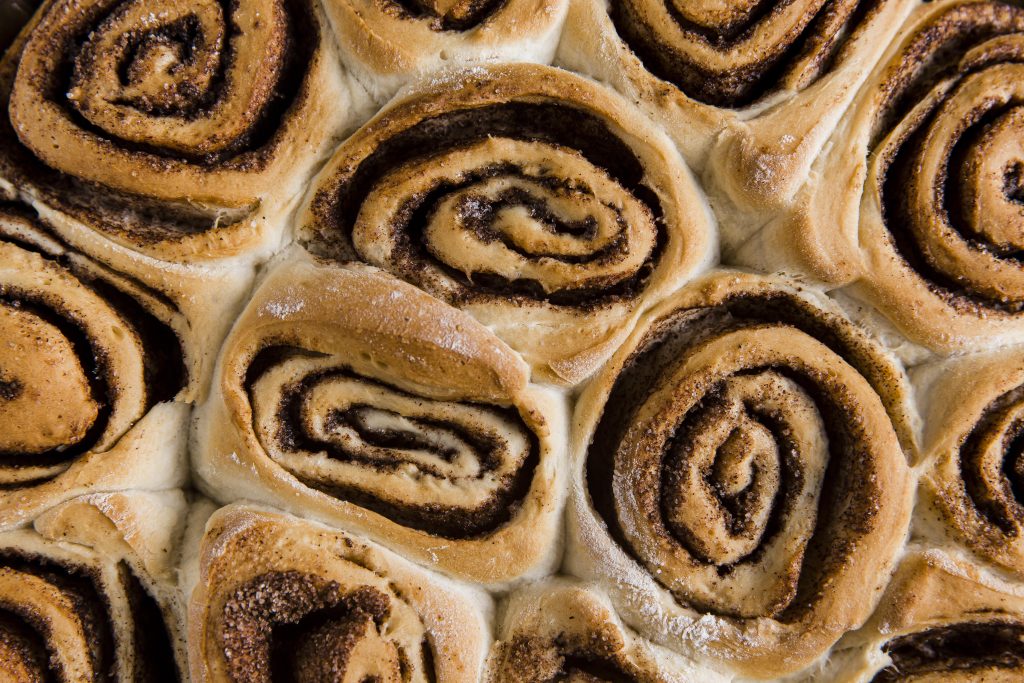Food products experience chemical changes during processing, transport, and storage that can impact their quality and composition. Fats and oils are especially vulnerable, as they are highly susceptible to oxidation, one of the main causes of spoilage in both animal- and plant-based foods. Fats and oils oxidation affects not only the flavor and appearance but also the product’s nutritional value and shelf life.
Understanding these changes and how to prevent them means being one step ahead in improving food stability and preservation.
Quality changes caused by fats and oils oxidation in food products
Lipid oxidation in food is a complex and progressive process involving the reaction of unsaturated fatty acids with oxygen, leading to the formation of reactive compounds such as hydroperoxides, aldehydes, and ketones. This process can be initiated through exposure to light, heat, or metal ions and evolves through three key stages: initiation, propagation, and termination. During initiation, fatty acids lose hydrogen atoms, forming lipid radicals. These radicals rapidly react with oxygen, producing lipid peroxyl radicals, which in turn generate new radicals by attacking other lipids, a chain reaction that continues until termination occurs through radical combination.
The degradation products formed in the process of fats and oils oxidation severely affect the chemical and functional properties of food. In particular, oxidation of polyunsaturated fatty acids (PUFAs) results in significant loss of nutritional quality, including the reduction of essential fatty acids and fat-soluble vitamins like Vitamin E. Furthermore, the oxidation of lipids is often accompanied by protein oxidation, especially in meat products, where free radicals from lipids can alter protein structures, reducing digestibility, gelling properties, and bioavailability.
Visible signs and quality impacts of lipid oxidation in foods
The sensory consequences are among the most immediately noticeable for consumers when fats and oils are oxidized in food products. Rancidity, characterized by unpleasant flavors and odors, is a direct outcome of secondary oxidation products such as aldehydes and ketones. These small molecules and free radicals formed by lipid oxidation may, in turn, induce protein oxidation, leading to protein aggregation.
The effects of lipid oxidation can also lead to color changes. In meat products, protein oxidation derived from lipid oxidation is linked to discoloration, often shifting from bright red to brown due to the degradation of oxymyoglobin. Protein aggregation induced by lipid oxidation can also lead to structural changes such as texture loss, including reduced tenderness and water-binding capacity in meats like pork. In cereals like rice, oxidation can result in reduced whiteness and altered aroma.
These visible and sensory modifications are compounded by less perceptible but equally critical changes in nutritional and functional quality. Lipid oxidation is not confined to one food category; its effects are present in a wide array of products, from dairy and baked goods to ready-to-eat meals and snacks, particularly those high in unsaturated fats. If not adequately managed, it can lead to shortened shelf life, increased product returns, and economic losses across the supply chain.
Natural strategies to prevent fats and oils oxidation: enhancing shelf life and nutritional value
To combat lipid fats and oils oxidation in food while aligning with the market’s preference for natural ingredients, manufacturers are increasingly adopting natural antioxidants. These include tocopherols (vitamin E), ascorbic acid (vitamin C), and polyphenols from herbs and spices, among others. These compounds work by scavenging free radicals or chelating metal ions that catalyze oxidation, thus interrupting the oxidation chain reactions at various stages.
Among natural antioxidants, tocopherols (vitamin E) are particularly effective in controlling lipid oxidation in oil-based products. Antioxidant-enriched foods benefit from the stabilizing effect of tocopherols, which help maintain their nutritional profile by protecting essential fatty acids from degradation.
Tocobiol®, developed by Btsa, is a natural antioxidant made from tocopherols from non-GMO vegetable oil. Its lipid-soluble nature allows Tocobiol® to integrate into the fat matrix, providing consistent protection for saturated and unsaturated fats throughout the product’s shelf life. It does not impact the smell or taste of the final product.
Lipid oxidation remains a major challenge for the food industry, but effective natural solutions are now readily available. With a comprehensive understanding of oxidation mechanisms and access to high-performance natural antioxidants, manufacturers can protect product quality, extend shelf life, and meet the growing consumer demand for clean and sustainable food solutions.

